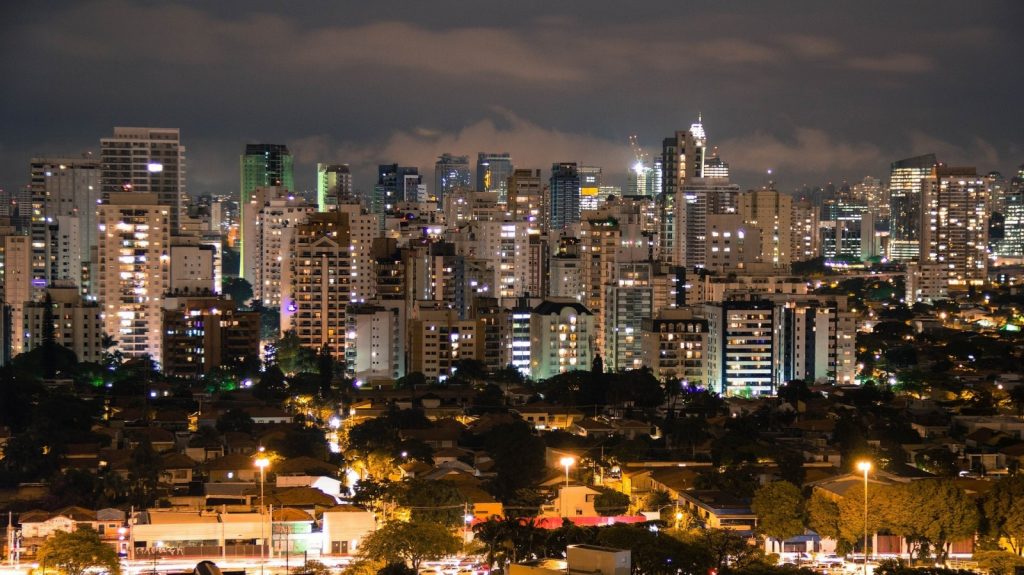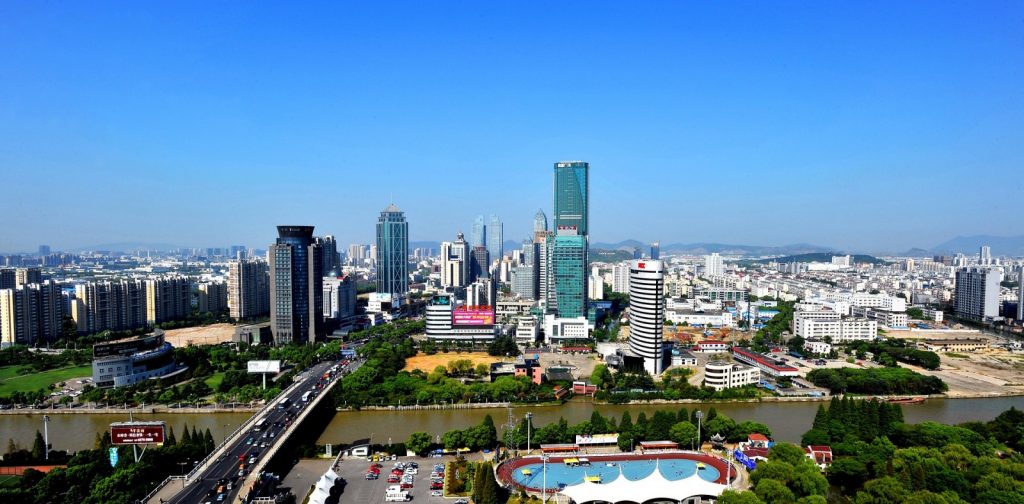 Today is World Cities Day, and the week of our annual conference exploring the role of geoscience in sustainable cities. To mark these events, our newest contributor, Bárbara, writes on urban geology and underground urbanisation.
Today is World Cities Day, and the week of our annual conference exploring the role of geoscience in sustainable cities. To mark these events, our newest contributor, Bárbara, writes on urban geology and underground urbanisation.
Underground urbanisation is not a brand new topic, it has been discussed for more than 100 hundred years! But, why is it important to think about underground urbanisation? According to an UN report, the current world population of 7.6 billion is expected to reach 8.6 billion in 2030 and 9.8 billion in 2050. In addition, the percentage of the world’s population living in urban areas is growing steadily. In 1960 it was 34% of the total population and over 54% in 2016. To this extent, locating this increasing population in urban areas is becoming more and more challenging. Cities’ territorial expansion is limited by the natural environment constraint and farmland protection. Although, advances in tunnelling and excavating technology and increases in land prices have resulted in underground urbanisation becoming a more feasible and economical option.
When it comes to Brazil….
After researching in different databases (both Brazilian and international) about the theme, little information was found. However, two PhD theses caught my attention. The first one is called “Urban Geology of São Paulo’s Metropolitan Region”, of 1998. This thesis presents a geological description of the area followed by the history of urbanisation of the biggest Brazilian city. The author dedicates one chapter only for “Urban Geology”, where he highlights the importance of geological, geomorphological, geotechnical and hydrogeological knowledge in the process of urbanisation. This work mapped the potential areas for landslides and floods in São Paulo’s metropolitan area. Although this work was presented on the relation between geology and urban planning, it was classified in the field of “sedimentary geology”.

Sao Paulo, Brazil
The second thesis was written by an urban planner in 2009 and it is called “Underground Urbanism”. The author discusses the ethical arguments for land use and occupation. She endorses the densification of cities by expanding downwards, enabling different activities to overlap. By doing this, the use of the ground is maximised without the requirement of skyscrapers. Her work found no urbanistic nor economic or technological restrictions for the use and occupation of the subsurface upon a indoor city.
An International Scenario
In 2007, the Deep City research program was launched , a partnership between Switzerland and China. It divided underground resources into four types: space, geomaterials, groundwater and geothermal energy. In this manner, developing the underground means to create new alternatives for transportation, utility infrastructures, new sources of mineral resources and renewable thermal energy.
It noted :“The Deep City provides a strategic framework to analyse the synergies and conflicts between these underground resources in the urban planning process, in order to align underground urbanisation with a sustainable development paradigm” [Read more here, here, and here].
In China, Suzhou City was chosen as a pilot project based on its higher score of “Deep City applicability” over other Chinese cities (Beijing, Nanjing, Suzhou, Shanghai). The Suzhou provincial and municipal governments assisted by gathering resource database, with administrative consultation and the development of an information system to help decision-making. The authors gathered and bench-marked the most desirable practices in management and administration of underground resources, looking at seven cities (Helsinki, Singapore, Hong Kong, Montreal, Minneapolis, Tokyo and Shanghai).

Suzhou City (China)
After analysing many different factors for the supply side such as geo-risks, soil thickness, aquifer outflow, among others, and for demand side like civil defence, commercial land prices, land use type, etc. The authors highlight that an integrated underground use and management can only be possible if all the city departments work together into decision-making.
Subsurface planning is a multidisciplinary task, so geoscientists will be required to work together with other professionals (e.g., architects, urban planners and engineers), as well as local and national governments. If underground urbanisation was used more in big cities worldwide it could help to address sustainable development in terms of optimising the land use, conserving supplies such as groundwater, geothermal energy, space and mineral resources. It could help to achieve some of the UN Sustainable Development Goals, such as SDGs 6, 7, 10 and 11.
The field is really vast and open and there are a lot of opportunities to explore!

Alexandre Barbosa
Quite interesting, I quite believe in the importance of interdisciplinary efforts for urban development.
Congratz